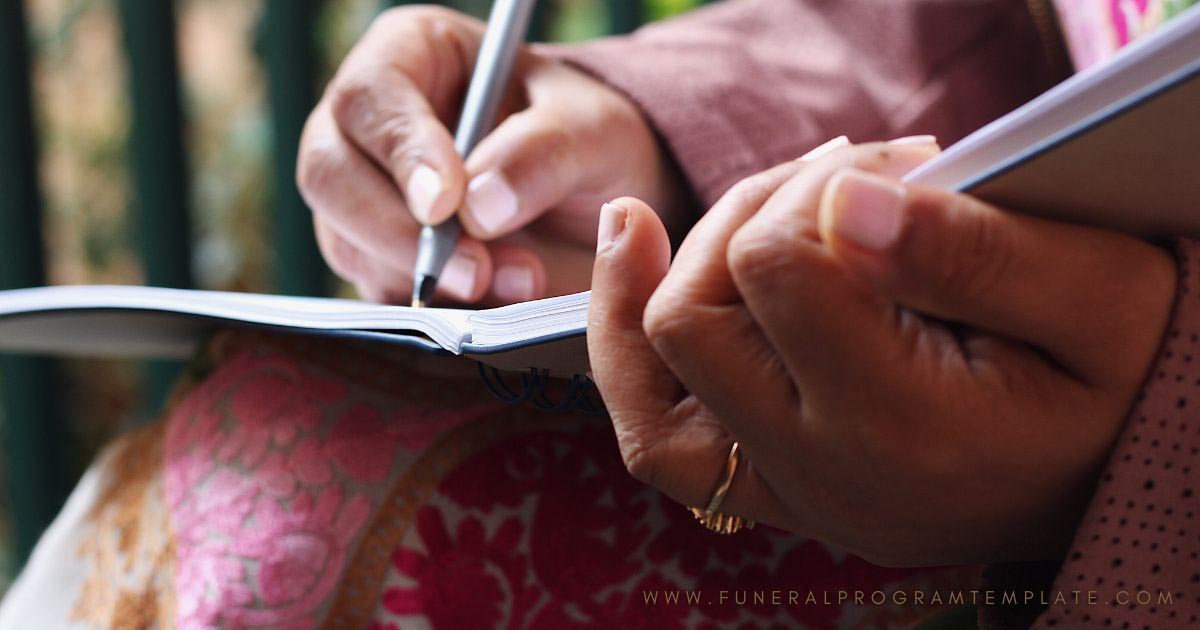
Irish Prayers for the Dying: A Tradition of Comfort

In Irish culture, death is not merely an end but a transition, a passage from this life to the next. This understanding is deeply rooted in the Celtic tradition, where the spiritual world is as real and present as the physical one.
Irish prayers for the dying are a reflection of this belief, offering comfort, peace, and a sense of connection to the divine for those nearing the end of their earthly journey.
-
Our Lady of Guadalupe Prayer Card Template$30.52Rated 5.00 out of 5 based on 3 customer ratings
-
Our Lady of Grace Prayer Card$30.52
-
St Cecilia Prayer Cards$30.52
-
St Cecelia 1 Prayer Cards Template$30.52
The Role of Prayer in Irish Tradition
Prayer has always been a cornerstone of Irish spirituality. Whether recited at the bedside of a dying loved one or whispered in the quiet of a chapel, these prayers serve as a bridge between the temporal and the eternal.
They are often passed down through generations, preserving the ancient wisdom and deep faith of the Irish people.
The Importance of Comfort and Peace
As death approaches, the need for comfort becomes paramount. Irish prayers for the dying are designed to provide this comfort, offering reassurance that the soul will find peace in the afterlife.
These prayers often invoke the presence of saints, angels, and the Virgin Mary, asking them to accompany the dying person on their journey and to protect them from fear and harm.
One such prayer, the “Prayer for the Dying,” is particularly powerful:
“May Christ who was crucified for you, bring you freedom and peace.
May Christ who died for you, admit you into His garden of paradise.
May Christ, the Good Shepherd, claim you as one of His flock.
May He forgive all your sins, and set you among those He has chosen.
May you see your Redeemer face to face and enjoy the vision of God, forever. Amen.”
This prayer encapsulates the deep faith in Christ’s promise of eternal life and the hope for a peaceful transition from this world to the next.
Celtic Influences in Irish Prayers
The influence of Celtic spirituality is evident in many Irish prayers for the dying. The Celts believed in the interconnectedness of all life, and this belief is reflected in prayers that speak of the dying person’s soul returning to the divine source. These prayers often include references to nature, the elements, and the cycles of life, echoing the ancient Celtic understanding of death as a natural part of existence.
For example, the “Celtic Blessing for the Dying” beautifully captures this sentiment:
“Deep peace of the running wave to you,
Deep peace of the flowing air to you,
Deep peace of the quiet earth to you,
Deep peace of the shining stars to you,
Deep peace of the Son of Peace to you.”
This prayer not only offers comfort but also connects the dying person to the natural world, reinforcing the idea that death is a return to the earth and the universe.
-
Joan of Arc Angels Prayer Cards$30.52
-
Joan of Arc Prayer Cards$30.52
-
Virgin with Angels Prayer Cards$30.52
-
Holy Spirit Prayer Cards$30.52
The Role of the Family and Community
In traditional Irish culture, the deathbed was not a place of solitude. Family, friends, and community members would gather to pray, offering support to both the dying person and each other. This communal aspect of prayer is still very much alive today, as families come together to recite these ancient prayers, finding strength in their shared faith and love.
One of the most commonly recited prayers in such settings is the “Rosary for the Dying,” a series of prayers that includes the Hail Mary, the Our Father, and the Glory Be. This prayer is often led by a family member or a priest, with everyone present joining in response. The rhythmic repetition of the Rosary provides a sense of calm and continuity, helping to ease the dying person’s passage.
Conclusion
Irish prayers for the dying are a testament to the enduring power of faith and tradition. They offer solace in times of great sorrow, providing a sense of peace and hope to those who are nearing the end of their lives. Whether rooted in Christian or Celtic beliefs, these prayers reflect the deep spiritual heritage of the Irish people, reminding us that even in death, there is comfort, community, and the promise of eternal life.
In embracing these prayers, we not only honor the dying but also celebrate the rich cultural legacy that continues to guide and inspire us through the most difficult moments of life.











